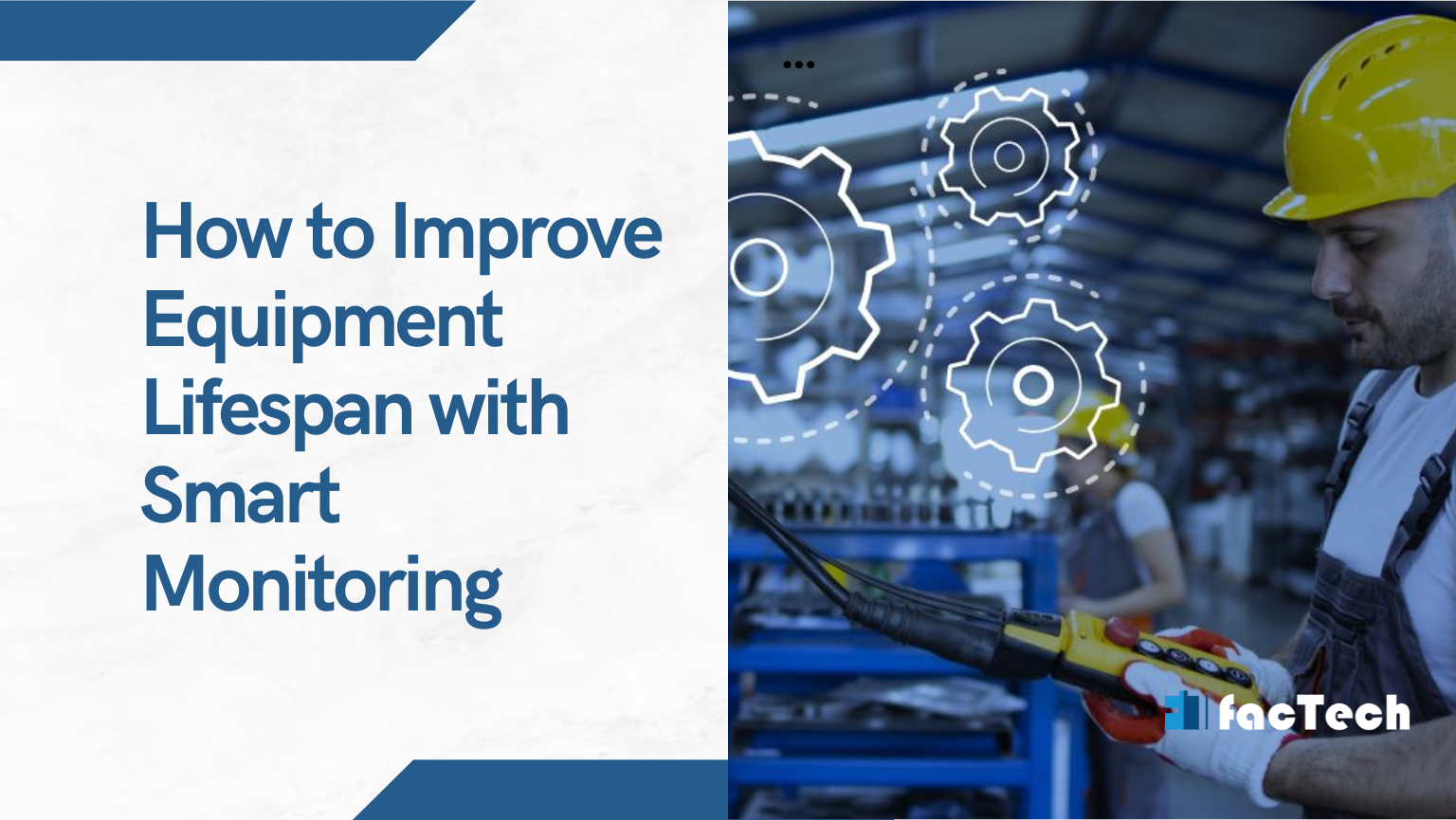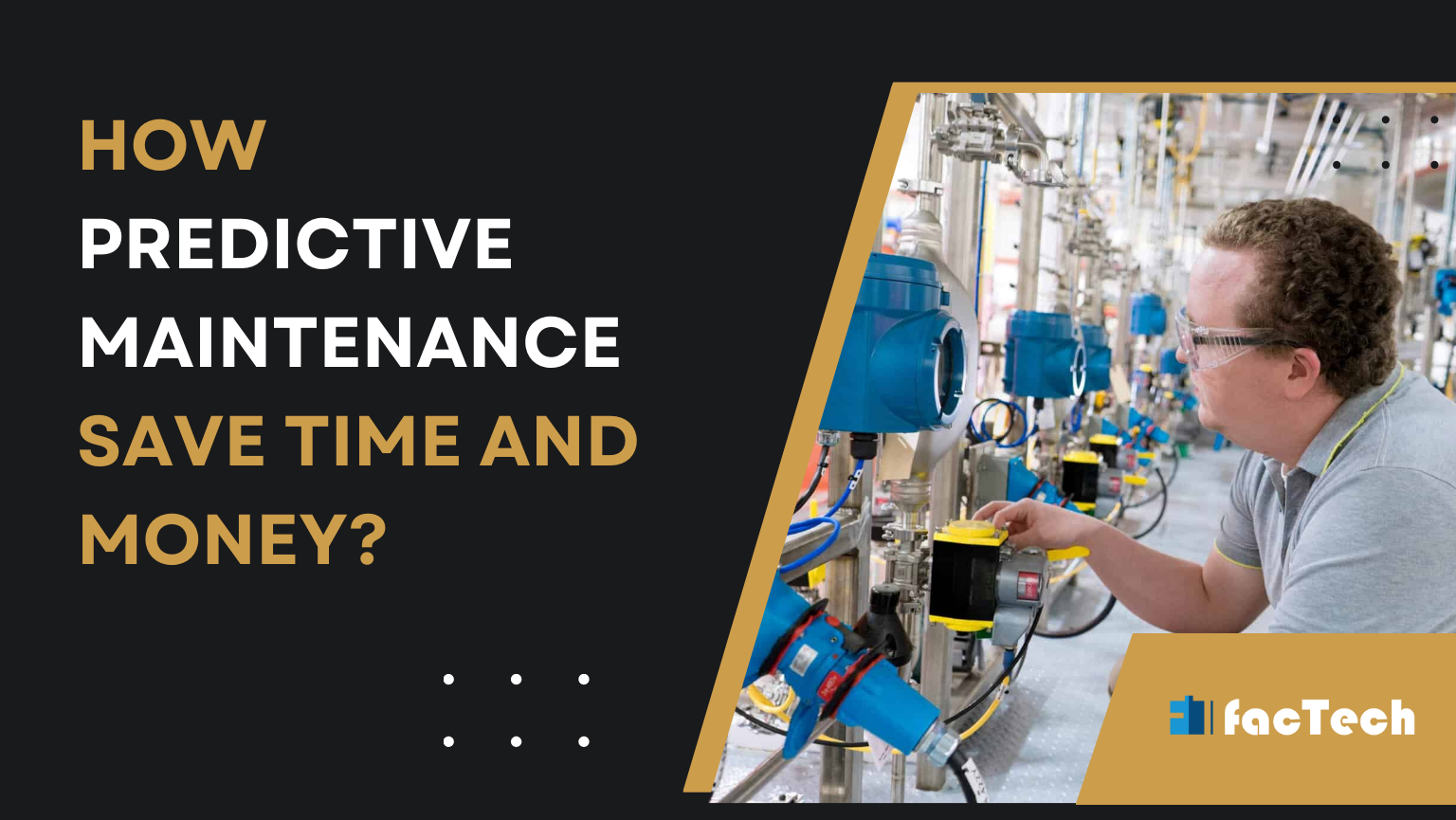Increasing Business ROI with IoT in Facility Management
Increasing Business ROI with IoT in Facility Management
Facility management is often an overlooked area, presents a prime opportunity for organizations to leverage innovative technology and unlock significant financial benefits. Enter the Internet of Things (IoT), a game-changer transforming traditional facilities into intelligent, data-driven ecosystems. By integrating a network of interconnected sensors and devices, IoT empowers facility managers to gain real-time insights, optimize operations, and ultimately drive substantial ROI.
Unlocking Cost Savings and Enhanced Efficiency:
In today’s competitive landscape, businesses are constantly seeking innovative ways to optimize operations and maximize return on investment (ROI). Here we explore how IoT empowers facility teams to achieve greater ROI through:
1. Predictive Maintenance:
Traditional reactive maintenance approaches, addressing issues only after they arise, can lead to costly downtime and equipment damage. IoT-enabled sensors embedded in critical assets like HVAC systems and elevators continuously monitor performance parameters such as temperature, vibration, and energy consumption. This real-time data empowers facility teams to:
Predict potential issues before they escalate into major breakdowns, allowing for proactive maintenance interventions.
Optimize maintenance schedules by prioritizing critical equipment and addressing issues before they impact operations.
This proactive approach translates to:
Reduced downtime and associated revenue losses.
Extended equipment lifespan through timely maintenance, leading to lower capital expenditure requirements.
Improved resource allocation by focusing maintenance efforts on critical areas identified through data analysis.
Related read:
2. Optimized Energy Management:
Facility energy consumption often represents a significant operational expense. IoT sensors can be deployed to monitor factors like lighting usage, room temperature, and occupancy in real-time. This data enables facility teams to:
Identify areas of energy waste and implement targeted measures like automated lighting control and HVAC adjustments based on occupancy.
Optimize energy consumption by tailoring building operations to actual usage patterns.
This data-driven approach leads to:
Reduced energy costs through optimized consumption practices.
Improved sustainability by minimizing the environmental footprint of the facility.
3. Enhanced Space Utilization:
Effective space utilization is crucial for businesses, especially in scenarios involving office spaces or shared work environments. IoT sensors can track room occupancy and environmental conditions, providing valuable insights into space usage patterns. This data allows facility teams to:
Identify underutilized spaces and optimize layout or repurpose them for different needs.
Improve space allocation by assigning rooms based on real-time occupancy data.
This data-driven space management leads to:
Reduced operational costs by optimizing space usage and potentially eliminating unnecessary leased areas.
Improved employee satisfaction by ensuring proper allocation and availability of work areas based on changing needs.
4. Streamlined Operations and Improved Productivity:
IoT can automate mundane tasks and provide real-time information to facility personnel, leading to:
Improved workflow efficiency by automating routine tasks like access control, lighting control, and waste management.
Enhanced communication among facility teams through real-time data sharing and alerts.
Empowered decision-making based on readily available data insights.
This translates to:
Reduced labor costs through automation and streamlined processes.
Enhanced productivity through improved workflows and access to real-time information.
Improved tenant satisfaction through efficient service delivery and responsiveness to needs.
IoT presents a compelling opportunity for facility managers to unlock significant ROI through cost savings, enhanced efficiency, and improved occupant experiences. By embracing this technology and integrating it strategically, facility teams can contribute significantly to the overall success and sustainability of their organizations.
Beyond Cost Savings: Additional Benefits of IoT in Facility Management:
While cost savings are a crucial aspect, the advantages of IoT extend far beyond:
1.Enhanced Safety and Security:
IoT-powered security systems provide real-time monitoring, allowing for faster response times to security breaches and creating a safer environment for occupants.
The Internet of Things (IoT) is no longer a futuristic vision; it’s a reality transforming various industries, and facility management is no exception. By leveraging connected devices and real-time data, facility teams unlock new possibilities for enhancing safety while simultaneously increasing business ROI. Here’s how IoT is revolutionizing facility safety and driving improved returns:
Proactive Risk Mitigation and Incident Prevention:
Sensor-based monitoring: Implementing environmental sensors for temperature, air quality, and humidity can identify potential hazards like fire risks, chemical spills, or mold growth before they escalate into major incidents. This allows for immediate intervention, preventing harm to occupants and ensuring a safer environment.
Predictive maintenance: IoT-enabled sensors can monitor equipment health and performance, predicting potential failures before they occur. By addressing these issues proactively, facility managers can prevent accidents caused by malfunctioning machinery or infrastructure.
Enhanced Security and Access Control:
Smart access control systems: Utilizing door access control systems integrated with IoT technology enables real-time monitoring of entry points. This allows for granting or restricting access based on authorized personnel, improving security and preventing unauthorized entry.
Automated alerts and notifications: IoT-powered systems can trigger immediate alerts and notifications in case of security breaches, allowing for a quicker response time and minimizing potential damage or theft.
Improved Emergency Response and Evacuation Procedures:
![]() Real-time location tracking: Facility managers can utilize wearable tags or badges equipped with IoT technology to track the location of occupants during emergencies. This information can be crucial for directing first responders and ensuring efficient evacuation procedures.
Real-time location tracking: Facility managers can utilize wearable tags or badges equipped with IoT technology to track the location of occupants during emergencies. This information can be crucial for directing first responders and ensuring efficient evacuation procedures.
Automated communication systems: In case of emergencies, IoT-enabled systems can trigger automated voice or text messages to occupants, providing crucial information and instructions for safe evacuation.
The ROI Advantage of Enhanced Safety:
Investing in an IoT-based safety system goes beyond ensuring well-being; it translates to tangible business benefits:
Reduced insurance costs: A safer workplace with a lower risk of accidents can lead to significant savings on insurance premiums.
Improved employee productivity: A safe and secure work environment boosts employee morale and reduces stress, leading to increased productivity and engagement.
Enhanced brand reputation: Prioritizing safety demonstrates a commitment to employee well-being and builds trust with stakeholders, positively impacting brand reputation.
By embracing IoT technology, facility managers can significantly enhance safety within their facilities while simultaneously driving positive business ROI. The ability to prevent accidents, improve security, and streamline emergency response translates to reduced costs, increased productivity, and a stronger brand image. As the power and affordability of IoT solutions continue to grow, their integration into facility management will become increasingly crucial for creating a safe and thriving work environment.
2.Improved Employee Well-being:

By regulating factors like temperature and air quality, IoT can create a more comfortable and productive work environment, leading to increased employee satisfaction and well-being.
The modern workplace demands a holistic approach, where employee well-being and business success are inextricably linked. The Internet of Things (IoT) presents a powerful opportunity for facility managers to not only optimize operations and reduce costs but also to create a more comfortable, productive, and healthy environment for employees, ultimately contributing to a significant increase in business ROI (Return on Investment).
Here’s how IoT in facility management can achieve this dual objective:
Enhanced Environmental Comfort and Improved Health:
Smart HVAC systems: Equipped with sensors, these systems adjust temperature and airflow based on real-time occupancy and weather data, creating a comfortable environment while minimizing energy waste. This leads to fewer employee complaints about discomfort, potentially reducing sick leave and boosting productivity.
Air quality monitoring: Sensors can detect harmful air pollutants like CO2 and volatile organic compounds (VOCs). Alerting facility managers to these issues allows for proper ventilation and air purification, safeguarding employee health and well-being.
Lighting optimization: Smart lighting systems adjust based on natural light availability and occupancy, saving energy and promoting healthy circadian rhythms. This can lead to improved employee sleep patterns, enhanced focus, and reduced eye strain.
Increased Space Utilization and Productivity:
Desk and meeting room occupancy sensors: Real-time data on space usage helps optimize space allocation. This information can be used to create dynamic booking systems, allowing employees to easily find available workspaces, maximizing productivity and reducing frustration.
Noise monitoring : Sensors can detect excessive noise levels, prompting adjustments in office layout or soundproofing to create a quieter work environment. This fosters better focus and collaboration, leading to increased productivity.
: Sensors can detect excessive noise levels, prompting adjustments in office layout or soundproofing to create a quieter work environment. This fosters better focus and collaboration, leading to increased productivity.
Improved Employee Safety and Security:
Wearable devices: Employees can wear devices that monitor vital signs and detect falls, providing immediate assistance in case of emergencies. This promotes a sense of security and well-being among employees.
Related read: Wearable devices for detecting falls.
Smart access control systems: These systems leverage key cards or mobile applications for secure entry, preventing unauthorized access and enhancing overall security within the workplace. This creates a safer environment for employees while also reducing potential theft or damage.
Data-Driven Decision Making:
Data from IoT sensors can be aggregated and analyzed to gain valuable insights into employee behavior, space utilization, and environmental conditions. This allows facility managers to make data-driven decisions to improve employee well-being and optimize resource allocation, ultimately leading to cost savings and a positive ROI.
Getting Started with IoT in Facility Management:
The potential of IoT in facility management is undeniable. To embark on this journey, organizations can:
Identify key areas for improvement: Analyze areas where cost savings or operational efficiencies can be achieved through data-driven insights.
Choose the right technology: Select IoT solutions that cater to specific needs and integrate seamlessly with existing infrastructure.
Invest in training: Equip staff with the necessary skills to utilize and interpret data effectively, maximizing the value of the implemented solutions.
By embracing IoT, facility managers can unlock a treasure trove of data-driven insights, transforming their facilities into intelligent ecosystems that deliver tangible financial benefits, enhance safety and well-being, and ultimately contribute to a thriving business environment.










